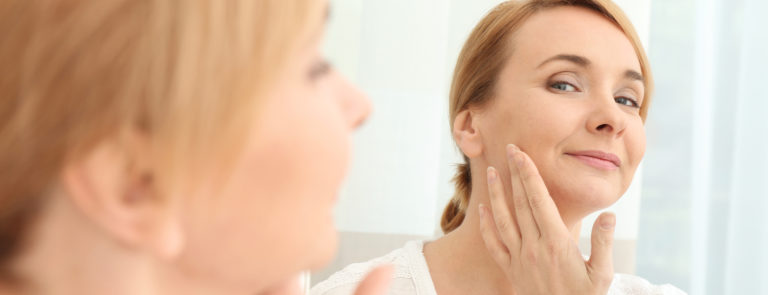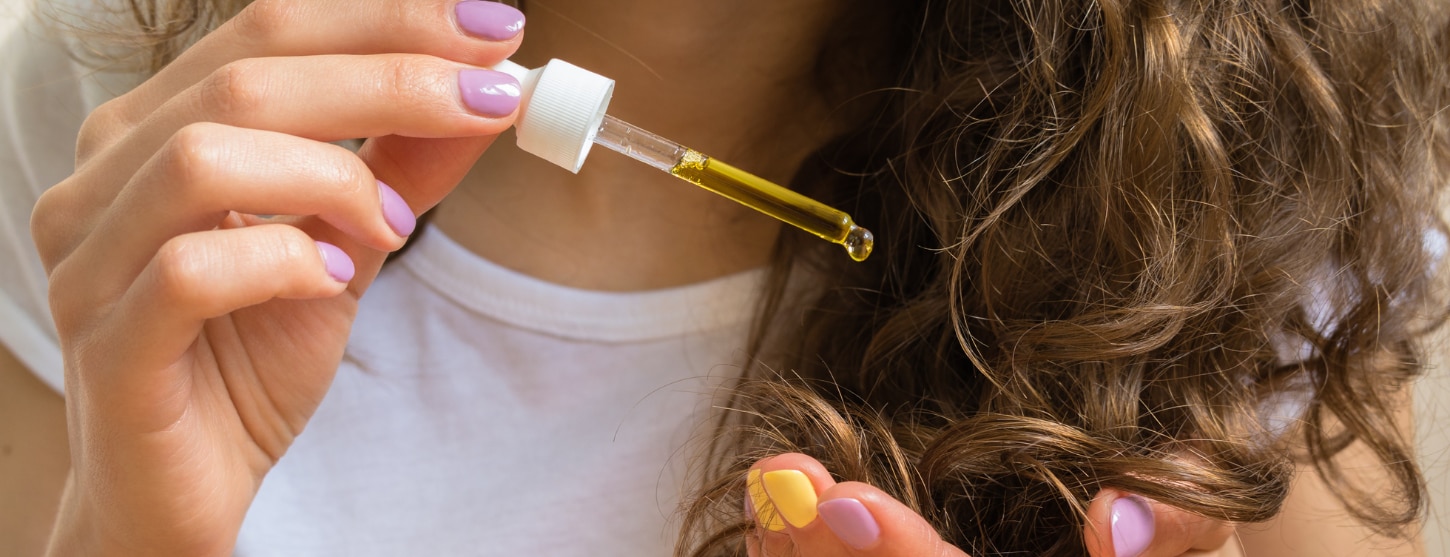15% off €25
Code:DEAL
The worst foods for oily skin

While genetics and hormones are two of the main causes of oily skin, there are other factors, specifically food, that could be causing your shiny and greasy skin. Here are three of the culprits.
Summary
1What is oily skin?
It’s caused by an excess of sebum – an oily substance released by the sebaceous glands to hang onto water in the skin.
2Refined grains
Processed carbohydrates, such as white bread, breakfast cereals and white rice, are foods to avoid if you have oily skin.
3Skimmed milk
Some studies show a possible connection between milk and acne – and skimmed milk in particular.
Discover the top three foods to ditch if you want to enjoy a shine-free face
Does your skin often appear shiny and greasy?
Maybe it’s accompanied by those dual foes – enlarged pores and acne? Then chances are that you have oily skin.1
What is oily skin?
It’s caused by an excess of sebum – an oily substance released by the sebaceous glands to hang onto water in the skin.2
And while genetics and hormones are two of the main oily skin causes, diet is also thought to play an important part.3,4 Here are the foods to steer from if you want a healthier, clearer complexion.
Handpicked content: A guide to oily skin
Refined grains
Processed carbohydrates, such as white bread, breakfast cereals and white rice, are foods to avoid if you have oily skin.5,6
A 2014 review published in the Journal of Clinical and Aesthetic Dermatology found that these foods have a high glycaemic index, which means that they are broken down very quickly by your body.
This triggers an increase in glucose in the blood and so a rise in the level of the hormone insulin – and it’s this hormone that researchers think plays a key role in excess sebum production.7,8
Skimmed milk
Some studies show a possible connection between milk and acne – and skimmed milk in particular.
A 2016 review by researchers at the Medical University of Warsaw found that there are several reasons for this.9
For a start, there are biological changes during the production of skimmed milk, and this, when coupled with a possible hormonal imbalance in the milk, means this type of milk is more likely to clog pores than whole milk.
There’s also another concern – dairy producers may add whey proteins to skimmed milk to keep its consistency, and the researchers think this could also contribute to oily skin.10
Vegetable oils
The type of oil you use in your cooking could also be important, according to a 2009 study, published in the journal Dermato-Endocrinology.
Researchers found that omega-6 fatty acids – a type of polyunsaturated fat found in vegetable oils – can have an inflammatory effect, and are linked with the development of acne.11
- Arbuckle R, et al. Patient experiences with oily skin: The qualitative development of content for two new patient reported outcome questionnaires. Available from: https://www.ncbi.nlm.nih.gov/pmc/articles/PMC2577631/
- Endly DC and Miller RA. Oily skin: A review of treatment options. Available from: https://www.ncbi.nlm.nih.gov/pmc/articles/PMC5605215/
- Medical News Today. Top six home treatments for oily skin. Available from: https://www.medicalnewstoday.com/articles/321090.php
- Katta R, and Desai SP. Diet and dermatology: The role of dietary intervention in skin disease. Available from: https://www.ncbi.nlm.nih.gov/pmc/articles/PMC4106357/
- NHS Choices. Eat Well: Starchy foods and carbohydrates. Available from: https://www.nhs.uk/live-well/eat-well/starchy-foods-and-carbohydrates/
- As Source 4
- NHS Choices. What is the glycaemic index (GI)? Available from: https://www.nhs.uk/chq/pages/1862.aspx?categoryid=51
- As Source 4
- Kucharska A, Szmurło A and Sińska B. Significance of diet in treated and untreated acne vulgaris. Available from: https://www.ncbi.nlm.nih.gov/pmc/articles/PMC4884775/
- As above
- Pappas A. The relationship of diet and acne. Available from: https://www.ncbi.nlm.nih.gov/pmc/articles/PMC2836431/
Advice is for information only and should not replace medical care. Please check with your GP before trying any remedies.



